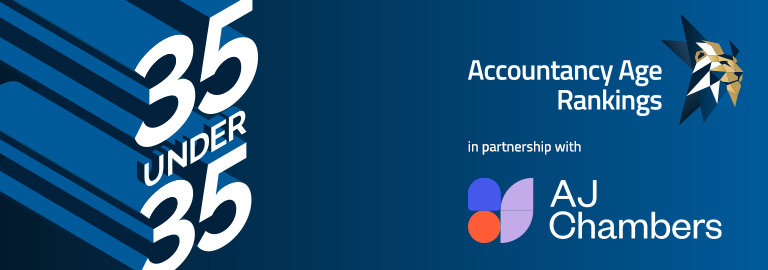The International Auditing and Assurance Standards Board (IAASB) has released a new global auditing standard, ISA for LCE, specifically designed for smaller and less complex businesses.
The new standard, ISA for LCE, is a first of its kind, marking a significant shift in the auditing landscape, according to a statement from the standard setter. It will come into force on December 15, 2025.
Traditionally, smaller businesses have had to navigate auditing standards designed for larger, more complex entities. This new standard offers a more tailored approach, addressing the unique needs and challenges of smaller businesses.
“The static nature of audit is reinforced by standard setting processes that routinely emphasise or rely on the notion that an audit is an audit. Consistency of practice is certainly important, but it is not easy to innovate from the conceptual base that an audit is an audit (and nothing else),” says Chris Humphrey, a member of Sir Donald Brydon’s advisory board.
The release of the ISA for LCE standard represents a significant milestone in the evolution of auditing standards. It acknowledges the unique needs of smaller businesses and provides a tailored solution to meet these needs.
The new standard is applicable to both private and public sectors and is premised on the firm being subject to ISQM 12 or national requirements that are at least as demanding. Quantitative thresholds for the use of the ISA for LCE are determined by legislative or regulatory authorities or relevant local bodies with standard-setting authority in each jurisdiction.
The introduction of this new standard is expected to significantly enhance audit quality and efficiency for smaller businesses. This targeted approach is likely to result in more accurate and meaningful audit outcomes, ultimately contributing to improved financial transparency and accountability.
Rigid standards have constrained growth
Smaller businesses have indeed faced challenges with audits in the past, often due to the rigid and sometimes complex standards that are designed with larger enterprises in mind.
Audits can be expensive, and smaller businesses may not have the financial resources to bear these costs. The fees for professional auditors can be a significant burden for a small business. In the same vein, small businesses typically have fewer staff and less specialised accounting expertise than larger companies. This can make preparing for and supporting an audit process more challenging.
For many small business owners, the familiarity with the requirements and procedures of an audit is sometimes lacking. This has led to difficulties in compliance and preparation. Keeping up with changes in audit standards and regulations can also be particularly challenging for smaller businesses that do not have dedicated compliance teams.
Even minor audit adjustments or findings can have a significant impact on SMEs financial statements and operations.
Implementation dates
After the ISA for LCE becomes effective on December 15, 2025, there will be an initial period of stability of at least three years. Meaning any possible future revisions to the ISA for LCE would not become effective before December 15, 2028.
This initial period of stability will provide stakeholders time to adopt and implement the standard before introducing any possible revisions. The IAASB will consider the best way to maintain the ISA for LCE after the initial period.
However, a core consideration will be that the ISA for LCE must remain up to date and, to the greatest extent possible, consistent with the ISAs.

